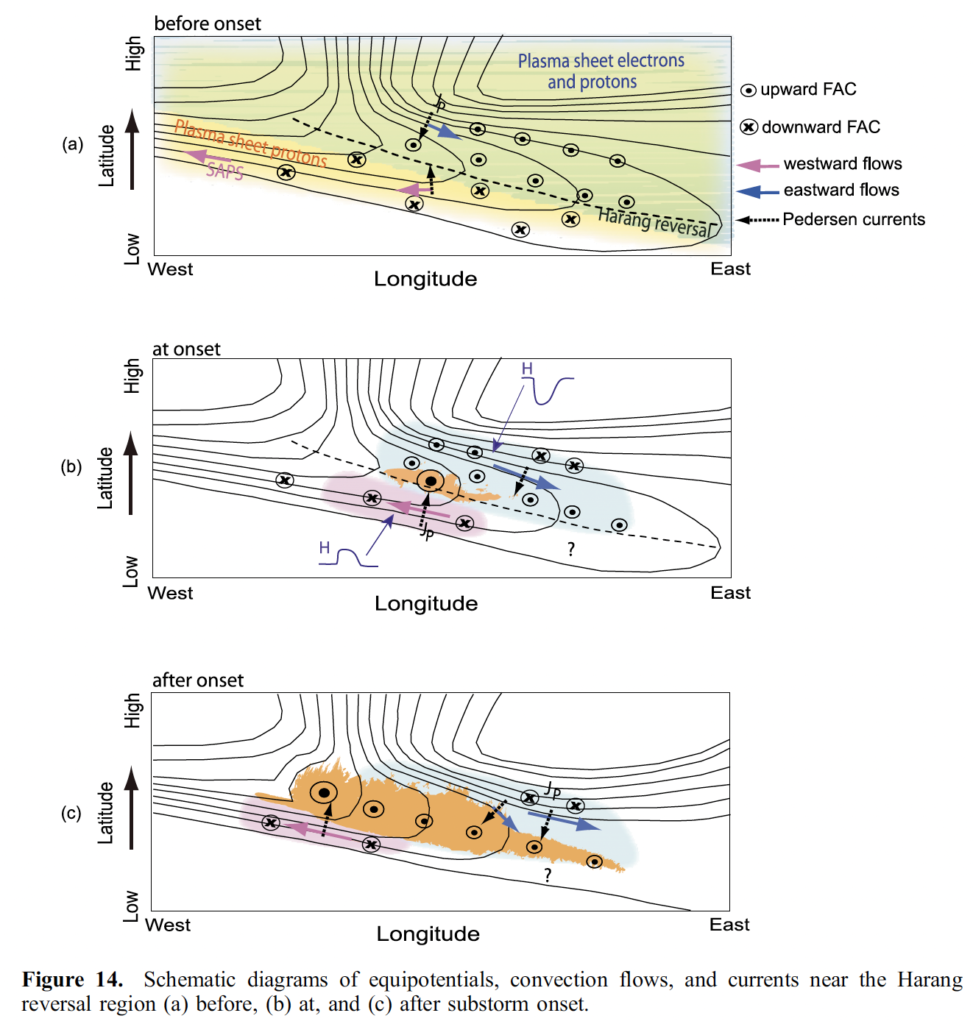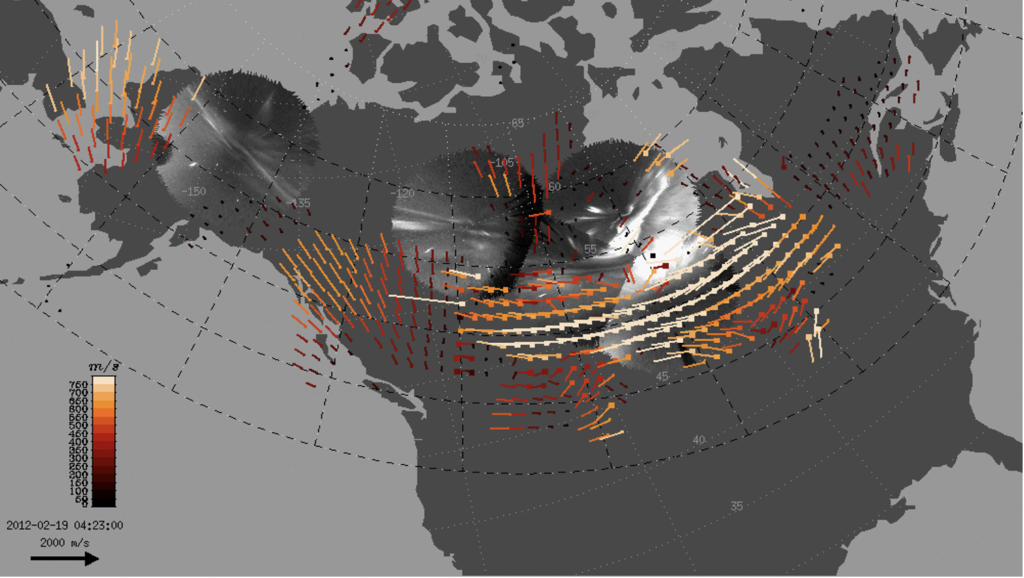The dynamics of Subauroral Polarization Streams (SAPS) is an outstanding magnetosphere-ionosphere coupling problem associated with the electrodynamics at the interface between the hot and cold particle populations in the inner magnetosphere. Although SAPS have been studied for over three decades, their generation/evolution during geomagnetic active times, in particular substorms, are still not well understood. In addition, wave-like oscillations embedded within SAPS have been reported. However, they are neither well characterized nor understood, and the geomagnetic disturbance conditions for these wave-like activities have not been established. Moreover, the effects of SAPS on the global IT system have not been extensively studied. Ground-based observations and space-based measurements as well as the Global Ionosphere Thermosphere Model (GITM) are used to carry out an integrated study of the dynamics of SAPS and their effects on the coupled IT system [e.g., Zou et al., 2009b, Zou et al., 2012, Yu et al., 2015, Wang et al., 2019, Aa et al., 2020].


